All Activity
- Past hour
-
If I was answering this question today I think I'd expand the picture of Western Boxing's lasting influence, coming up through the decades, intensifying from the 1960s on, the Army and Police Boxing leagues and I'd also write about how television was just starting to Nationalize Thai consciousness, and the built out local television networks in the Provinces, local stadium hubs, the published rankings from the provinces and the wide-scale small kaimuay ecosystem (which has been almost completely eroded) which developed so many fighters for the stadia. Here you can see how deep the provincial rankings went in published Golden Age Muay Thai magazines, layers of talent outside of the Capital (originally posted to Reddit Here are some Golden Age related Muay Thai economics, as well:
-
It was just a perfect storm of a very deep talent pool, in the provinces, a huge economic boom in Bangkok with lots of money to invest, and the provincial (boxing educated) workers flowing into the city. The influx of workers was likely a significant factor. It created a hungry, educated and impassioned fan base. writing about Dieselnoi and Samart The so-called Golden Age of Muay Thai in the late 1980s and 1990s was driven by the economic boom of those years. Not only was there heaps of money to invest in gyms and fighters, flowing to enlarged fighter pay and sidebets, but it was the provincial man, the workers, who swarmed to Bangkok to find employment in the suddenly burgeoning, cosmopolitan economy. It was they that filled the stands with their wages in their hands, betting them. It was they who bought the newspapers and magazines. You have to add in things like the particular brilliance of the promoter OneSongChai who was expert at staging drama, pitting particular styles against other styles, and nurturing the talent of fighters without owning a gym himself. Another hidden factor could be that the influence of Western Boxing on Thailand may have also been its peak (there were boxing fights on each and every card, both at Rajadamern and Lumpinee, 9 cards a week - that's almost 500 boxing fights a year at the National Stadia). The mix with Western boxing may have even further expanded the fight skills of the talent pool. Amateur boxing was a very big deal in Thailand, especially after the King built provincial stadia across Thailand in 1979. These hubs of stadia likely anchored provincial fighting. Also, just structurally, the Muay Thai of then was not dominated by only a handful of gyms that simply bought talent up, as it is today. There was greater variety of BKK gyms, drawing from many more gyms in the ecosystem of the provinces. Even to get to Bangkok, it is said, required a great number of fights and proven skill. There was also great regional pride, and identity in the growth of fighters. Karuhat told us that every fight he had in Bangkok, when he was good, would pull 4 bus loads of fans from Khon Kaen in Isaan (his home town). This deep regionalism just doesn't exist in the same way now. The 1980s/1990s was a period of growing National connectivity, in the context of still powerful regional identities, expressed through the fight scene. The above is from a Reddit comment I made a few years ago. It seemed best to anchor it in my sub forum somewhere so as to not get lost as its a pretty decent, short summation.
- Today
-
I suspect that if we took on a Bataille perspective we would much better understand the manner in which Westerners (and those of other parts of the world) come to Thailand to train, often quite rigorously and with great passion. They are looking for a way to expend themselves, in almost a bonfire sense, to undergo and profusely endure an expense, along the order of some kind of transformation. I think though, along with Bataille, we should not look to what they are trying to expend themselves FOR, or what skills or qualities they are looking to attain. There are those kinds of descriptions of reasons available to us, but I suspect that the impulse lies much deeper than this, in the sense of turbulence that Bataille identifies, which MUST be expended, if it is to not become war-like and aggression prone. In this sense many Westerners come balanced on a knife's edge needing the sense of expenditure, in the gift-like manner of surrendering oneself over, into that which one could not partake, but is also confined by the bellicose picture of fighting arts themselves, the idea that fighting, that Muay Thai, is of the more aggressive, hostile affects of the soul, that is a kind of making-war. What they encounter in Thailand though is the second half, the other branch, the branch of festival and shine, which turns away from the urge to make war, to expend oneself in war. To waste in war. Instead it is a wasting that leans towards the solar and the shine. But, this alien reaction to turbulence of the pent-up, the unexpended, hoarded energy is not easy to digest, to even understand. It can take many, many years before one enjoys the role of expense itself, the wasteful portion that does not belong to you, that is merely Gift. Through fighting though (festival) and through daily gym celebrations of expenditure, one can come to it.
-
Best clinch focused gym
Kevin von Duuglas-Ittu replied to James071's topic in Gym Advice and Experiences
Yodkhunpon visits PK Saenchai every Thursday, so you could be connected to him there, but I suspect the work you could do with him is much more thorough in private sessions in Pattaya, where he lives. Clinch is gyms is very hard to assess, because opportunity can depend on what size you are. If you are large bodied probably clinching with other Westerners would be what you require (but you'll not be training as much against skilled Thais, who know the art at a deeper level, which is important because a lot of clinch learning is through osmosis). We haven't been up to the (new) Lanna yet, but it does seem fighter-centric. -
Solarity, Bataille and Efficiency Thinking about Bataille today, and his advisement that our problem is not that we cannot use, save, do efficiently, its that we no longer know how to expend. How to burn, shine, profusion ourselves in waste we can never use. Thinking about what this means for ideas how efficiency in Muay Thai, but also in traditional Muay Thai itself. In the mechanistic West we definitely have a hack mentality of efficiency, a "train smarter not harder" ethos which in some sort of Sport Science manner reflects (distorts) deeper pictures of fighter efficiency. When we see in the ring the movement of greats we see that there is no wasted movement, an ease and naturalness (that ironically enough cannot be attained through the kinds of mechanistic hacks of efficiency and purposed functional movement science, which mirror the notion...one cannot build "natural" out of lego parts and gearworks). What does a Bataille notion of excess and expenditure say to these very prime ideas of stripping away the excess, to fall into conditions where nothing is "wasted"? The first insight might be found in his questioning of the very idea of "use". He is already criticizing a "systems" sort of thinking (economics, but really a larger ideology) which isolates a structure from its environment, and seeks to strengthen it, grow it, empower it. This aspect of "use" value means that anything that adds to this growth, this power, necessarily is a utility, it has a purpose. His critique is that this is a false picture. Yes, you can grow and strengthen, develop all sorts of capacities, as a fighter assortments of techniques, physical patterns and extensions, but Bataille will tell you there is a limit in this. That at a certain point the challenge is not in building oneself out, but in expending oneself, and if you don't address this there will be problems. In his work The Accursed Share he poses two possibilities (speaking of social structure), that of festival and potlach, immense public displays and donations of wealth for others, immense gifting...or, atrocities of war, which are also expenditures of great waste (even if they have reasons behind them, giving them purpose). This comes from a turbulence that develops once one has built out capacities, once one has grown. For those that picture fighting to have something to do with War, one could imagine that fighting (and even for some, sparring) is exactly that kind of expenditure, that kind of "waste" without use that comes out of built-out turbulence, as it engages in the hotter emotions, aggression and anger, releasing (spending) the pent up, and this could be so. But It is worth thinking about how Thailand's traditional Muay Thai is born from the festival tradition of the countryside, the rings of gambling and communal expenditure as Gift. It is born - and renewed - out of the splendor of expense which folds in the public, and this gives clue to the kinds of expenditure that come out of the great, acme examples of Thai fighters, the unique way that they shine. It is that they have become, in all their training, all their fighting, an immense profusion, a festival expenditure of the Self, which is not for the self, which is not of "use" or made efficient, what Bataille would likely qualify as a solarity. As techniques are traced from the great fighters and their fights, and even their instruction, and placed in regimes of efficiency, to be replicated in innumerable copies I cannot help but think about what it is like to be space with legends of the sport and to feel how they move, how much it is made of this kind of profusion, a shining out, which does not come from usefulness or utility or even efficiency (as an end). There is an excess that comes off their aura that defies utility itself, that comes off as Gift for the eyes, and for our sense of self...for us.
- Yesterday
-
Elisa Wade joined the community
-
I understand that you can’t go wrong with most gyms in Thailand, but I was wondering as someone who has been all around Thailand what you thought was a good gym for clinch. my favorite fighters are Yodkhunpon and Muangthai (I love elbows). I know that yodkhunpon offers private sessions in pattaya, and that Muangthai trains at p.k sanchei, but I feel overwhelmed by the choices. It would definitely help me if I had a good list of gyms to look into. so far my top gyms are 1. fa group 2. Lana Muay Thai and 3 jitti ( I know they changed the name can’t remember what). Any suggestions? I’m not so picky on the location. Thank you so much.
-
James071 joined the community
-
Watched some Ronnachai, who in the past was an incredibly boring, very passive fighter who really liked to play on the ropes with small leads. His recent stint at RWS may have brought out some of the more aggressive sides of his personality, balancing his trad style out some? (a rare instance of Entertainment fighting complexifying a top trad fighter?). This fight vs Yothin a couple of years back really shows that old, passive style. There are almost no points scored in the fight and Yothin wins it in the 4th with a big rip from lock, I believe evening up there record against each other. Here is Ronnachai at his most aggressive in RWS, uncharacteristically chasing a KO against a smaller, less experienced opponent: Yesterday versus View, known for his hands, he won all the hands exchanges, and was willing to engage there. Maybe they are related?
- Last week
-
JasonC joined the community
-
ReneeMiles joined the community
-
Watched this fight today. Kongtoranee with a valiant effort attempting to solve very similar spatial problems that Wichannoi struggled with for much of his fighting-up career, as a short armed, hands heavy fighter. And using the low kick and body shots in similar ways to chop into the pocket bubble, before he really has to fight in there. Petchdam just too big, his knees under punches just to massive. But same calculus. you can see my Wichannoi notes:
-
The TAT in Thailand put forth its huge marketing strategy for tourism investment, detailing a budget of about $140,000,000 USD, but notably Muay Thai is almost entirely absent of mention (other than the large scale Wai Kru Ceremony which I believe is aligned with the Amazing Muay Thai campaign. read it here: https://www.tatnews.org/2025/07/thailand-launches-the-new-thailand-vision-to-redefine-tourism-in-2026/ Most notably is ONE's absence, especially in the list of the kinds of international sport events that its trying to be included in, "...marquee events such as the Amazing Thailand Marathon 2025, the 33rd SEA Games, and Honda LPGA Thailand will reinforce Thailand’s status as a premier sport tourism hub" A lot of ONE's argument has been how it is radically separated itself out from Thailand's Muay Thai, as part of a larger internationalist sport and martial art entity, in a way that traditional stadium Muay Thai is not. Instead it seems that the overall strategy of the TAT - which I was pretty impressed with, especially went it got down into the segmentations in the lower half of the article - has turned against the very exaggerative metrics that ONE likes to generate and turn to. It wants more meaningful tourism experiences, culturally and locally defined, anchors of attachment, not pushing big numbers which can vacillate and change at the drop of a hat or an investment rate. This is one of the problems with chasing the algorithm and turning traditional Muay Thai into a digital content (knockout) machine. You just become another piece of entertainment whose attention can slosh towards you or radically away from you. The TAT seems to see these and has turned against just number chasing. The kinds of values being put forth actually seem to mirror some of traditional Muay Thai's greatest strengths, the way it is culturally bound, locally defined and experienced, sewing itself into the very fabric and geography of the country. While Rajadamnern's efforts at Entertainment transformation also are not included, it and traditional Muay Thai in general, seems much better positioned to enter into the kinds of expenditures and themes the TAT is taking on. Thailand wants meaningful experiences, cultural attachment and identity, uniqueness, impassioned connection (not social media arguments and memes), it wants travelers who will return and return, who will spend lengthy time, this is traditional Muay Thai, and the Muay Thai of Kaimuay Culture.
-
In all this time, I never realized that Muangchai's WBC Championship belt was the belt that Chatchai Sasakul won, passed through Yuri. Basically Chatchai resumed the Thai Champion legacy. The more you study, the more you see how embedded Western Boxing has been in Thailand's Muay Thai history. Filmed with Muangchai yesterday, documenting his Muay Thai.
-
One thing that Sylvie noted is that very likely the smart phone has undermined even the most common Thailand gym culture. Trainers, fighters, everyone just does their work and then goes on their phones. The very communal aspect of trainers hanging out and watching the fighters do work, making judgements, correcting or commenting softly, talking with each other has become largely fragmented. The mutuality of knowledge and fighter development, even in trad settings, is quickly eroding. And in commercial spaces it may be entirely gone.
-
onlinematka joined the community
-
Charley Avila joined the community
-
jeo123 joined the community
-
bioglyco joined the community
-
zino909 joined the community
- Earlier
-
Dieselnoi told us once, "It's how you end up". When discussing the careers of legacies of fighters its much like the traditional narrative structure of Muay Thai fights. Early leads mean next to nothing, but as your legacy unfolds in the culture over the decades its exactly like 4th and 5th rounds. Dieselnoi was one of the most remarkable prodigies, between the ages 14 and 16 he rode into the Bangkok national stadia with a probably unpresidented 20 fight win streak, until he ran into the buzzsaw of the legend Wichannoi...twice, until overcoming it, and reaching the status of the unfightable fighter, retiring just shy of his 24th birthday. An incredible meteoric rise, peaking perhaps in his victory on Christmas Eve of 1982, beating the since-coming-into-consensus GOAT, and good friend Samart Payakaroon. When we think of the greats, and their legacies, we need to realize that many of them see themselves in this way, as a narrative fight, it matters how you end up. This is one reason, in fact our friendship with Dieselinoi, who we experienced at first as somewhat only as legend, a myth when we met him, but not so much a man, living a life, and came to know him as the man who loved Muay Thai perhaps more than any person I history, with all of his might, a volcano of love, that we've sought to preserve, uncover, raise up, document the extraordinary careers, accomplishments, arts of the soul in the ring that were forged in a time of the sport that no longer is. These men are fighting still in their hearts. All of them. As much as we push for progress in the sport, and international love and acclaim, we not only owe it to great fighters of the past for them to finish well, finish strong in the eyes of the people, but its also to the betterment of everyone fighting and consuming the sport today, that it have legs, that it has myths, that it has roots that feel unshakeable...because they are. These are roots that we have to preserve and nourish, and spent work delineating, tracing how they grew and how they today anchor the trunk of all that grows today.
-
The cover is above, you can download the full magazine in hi-res pdf: Muay Magazine - Nov. 8, 1968 ? - pdf download here Not sure about the year, inside there are cards posted from the year 1968 it seems. These magazines were sent to us by a supporting collector so we can share with others. Any informative comment or translation below is much appreciated.
-
Lev brought to my attention Lankrung Kiatkriangkrai, who happens to be on the Holy Grail card, Christmas Eve of 1982, when Dieselnoi beat Samart. He's fighting Boonam Sor.Jarunee for the vacant 112 lb Rajadamnern title, and displays just a beautiful increasingly tempo'd style showing how boxing and the weapons of Muay Thai went together in early Golden Age. You can watch the fight below. He was a 1984 Olympic Boxer under the name Teeraporn Saengano. The good people of Muay Thai wikipedia, including Lev, have filled out his wikipedia page to give more anchorage of his fighting in history, a hugely important step in preserving the legacy of Muay Thai in Thailand. Without records we just have stories. You can find his wikipedia page here. This is some of his record context for the fight: Klaew Tanakul the promoter was a very big supporter of amateur Thai boxing, often financially lifting fighters up out of his own pocket, so its of no surprised that one of the best amateur boxers who was also a top Muay Thai fighter was featured on his promoted card. Video timestamped to about 25 minutes in if anything goes wrong. The fight starts very slow, but watch for his gradual uptempoing, his use of the jab, as he closes the distance round by round.
-
Jumping on a kick
IFF replied to Carter's topic in Muay Thai Technique, Training and Fighting Questions
Hi. Sorry about your situation. Rest assured that everyone (me too) unearths a revelation about a bad habit or poor technique once in a while. Main thing is you've found out and want to fix it. IMO and experience (25 years including teaching), it's an issue because it's every single kick as you said and this detracts from good technique and power and balance etc and longer-term development. It also stifles ability such as kicking and then following immediately with a Thai leg block or follow up weapon e.g. another kick (but I gather you are aware of this though from your post). My advice would be to spend a lot of time on the bag and drill the kick lots in a conscious state of mind so you're aware of how your standing foot behaves on each kick and force the ball of the foot to stay in contact with the floor. Set targets of getting 5, then 10 in a row without jumping. The mind and body will adapt over time. With pad work you'll loose the discipline and repetitions need to correct this - plus a lot of pad holder partners just won't see or bother to correct you. So try and cut that down for a while. Good luck. -
Gloves for a beginner
IFF replied to Goldish's topic in Muay Thai Technique, Training and Fighting Questions
Hi. You can't go wrong with Twins or any good, reputable Thai brand like Fairtex. They will last you years if you air and dry that out after every session. I bought a Fairtex pair in 2017 in Thailand and they are still in great shape (I train 2/3 times a week). Before that I had a pair of Windy Sport I bought from the shop near Raja Stadium in BKK, that again lasted me years. For your size and stature, 16oz are perfect, and good all round - so you can spar/play and hit pads and bag comfortably. Don't cut corners with price or quality. If you've got good gear the experience will be more enjoyable. For the record I've been involved in Muay Thai since 2000, lived in Thailand and taught in London. Enjoy the MT journey -
The way the power is generated, the relationship of the shin to the arc, the point of the knee in sympathy to the overall movement, the hip drive. I've been meaning to write a short entry on Kerner and the Golden Age knees of the Hapalang gym. As we've documented in the Muay Thai Library project, and in our conversations in doing that documentation, Thailand today has pretty much LOST the Hapalang knee technique. The greatest Muay Khao gym in the history of Thailand featuring 3 absolute legends of the Knee Dieselnoi, Chamuakpet and Panomtuanlek, had an expertise of kneeing that has largely gone extinct. I've mentioned it several times, watching Dieselnoi knee Kru Gai with his belly pad on, at the age of near 60 then, and blasting the pad so hard it actually stunned Kru Gai, an experienced stadium fighter kru. They were like shotgun blasts. The legends of the Golden Age and other fighters of that age have told us that today Thais knee without damage, they knee largely to score, or set up another knee, which is fine, but they have largely lost the power and precision of the Hapalang knee (and likely of many other less famous gyms of the Silver Age and Golden Age era). It's very cool that we have documented these techniques for coming generations, but the video above is also a wonderful piece of history. The French fighter Guillaume Kerner, whose original Thai teacher was the legendary Pudpadnoi, spent a year at Hapalang gym in 1985 when he was 17 years old. Dieselnoi was already retired and a said (pi) trainer, but Chamuakpet and Panomtuanlek were there ascending, peaking into their FOTY performances. He was in the middle of the greatest Muay Khao space in Thailand, right in the heart of the Golden Age, and if you watch his highlights above it shows. No farang I've ever seen knees like Kerner because he was tapped into the source, and Thais today really don't knee how he did, because so far removed from the training conditions and pedagogy that develops this kind of technique. And, his case is a beautiful one because sometimes in "convert" coming to a technique can kind of over-sharpen it, which causes aspects of it to become even more clear, and I think that's the case with Kerner's kneeing. I assume his foundations were developed with Pudpadnoi, but the art of the power, sharpness and freedom of the knee in space bears the Hapalang mark. He also trained at other notable gyms in the Golden Age, (read up on his bio here) for us like a time traveler deposited where we imagined no farang were. As someone who has studied the knee styles of the 3 Hapalang legends, and other kneeing techniques of Thailand, and watched Sylvie develop her own versions of these, in her journey as a prolific, undersized Muay Khao fighter, its actually quite beautiful to see this video. Each time I watch it I'm amazed at how much of Hapalang got transferred to him, the traces and arcs and ethic of kneeing that even Thailand today no longer really has. You can study the Hapalang 3 legends in the MTL here: Dieselnoi (1982): #48 Dieselnoi Chor. Thanasukarn - Jam Session (80 min) watch it here AND #30 Dieselnoi Chor Thanasukarn 2 - Muay Khao Craft (42 min) watch it here AND #3 Dieselnoi Chor Thanasukarn - The King of Knees (54 min) - watch it here #76 Dieselnoi Chor Thanasukarn 4 - How to Fight Tall (69 min) watch it here Chamuakphet (1985): #49 Chamuakpet Hapalang - Devastating Knee in Combination (66 min) watch it here #81 Chamuakpet Hapalang 2 - Muay Khao Internal Attacks (65 min) watch it here Panomtuanlek (1986): #131 Panomtuanlek Hapalang - The Secret of Tidal Knees (100 min) watch it here Of course there still remain in Thailand many beautiful knee styles, many of them quite effective in their own right, there have been legends and great fighters who have carried the art of the knee fighter on. But, as knee fighting has been downgraded in the sport, and in some versions outright suppressed, there is reason to fear that even more branches of the rich pedagogic tree of knowledge will be severed, as legends and great krus start to age out.
Footer title
This content can be configured within your theme settings in your ACP. You can add any HTML including images, paragraphs and lists.
Footer title
This content can be configured within your theme settings in your ACP. You can add any HTML including images, paragraphs and lists.
Footer title
This content can be configured within your theme settings in your ACP. You can add any HTML including images, paragraphs and lists.

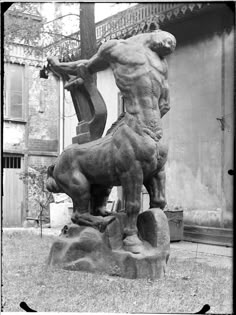
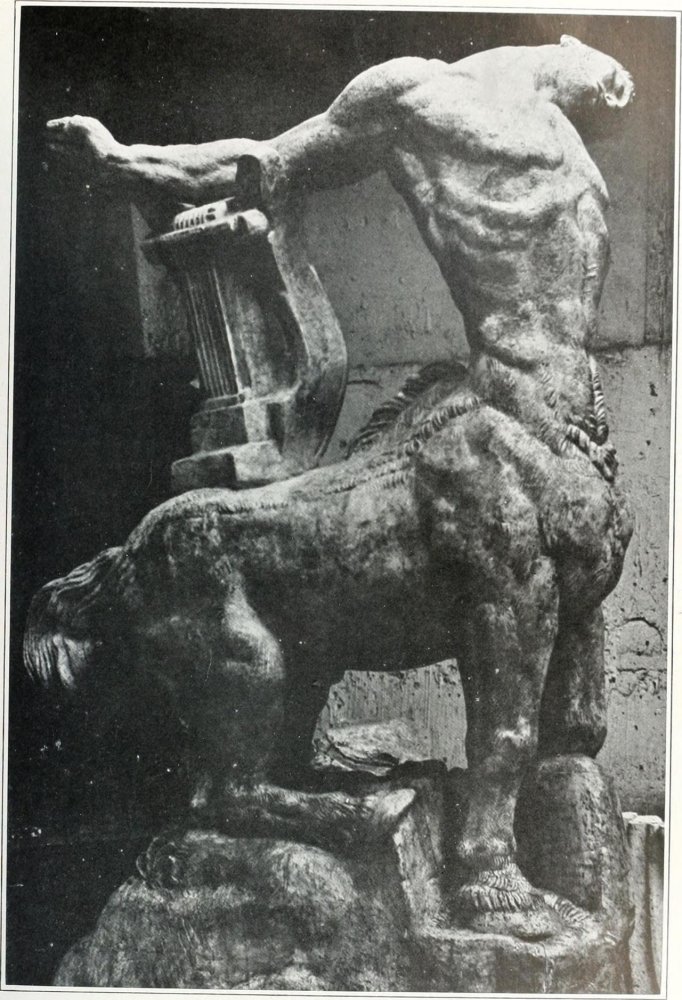
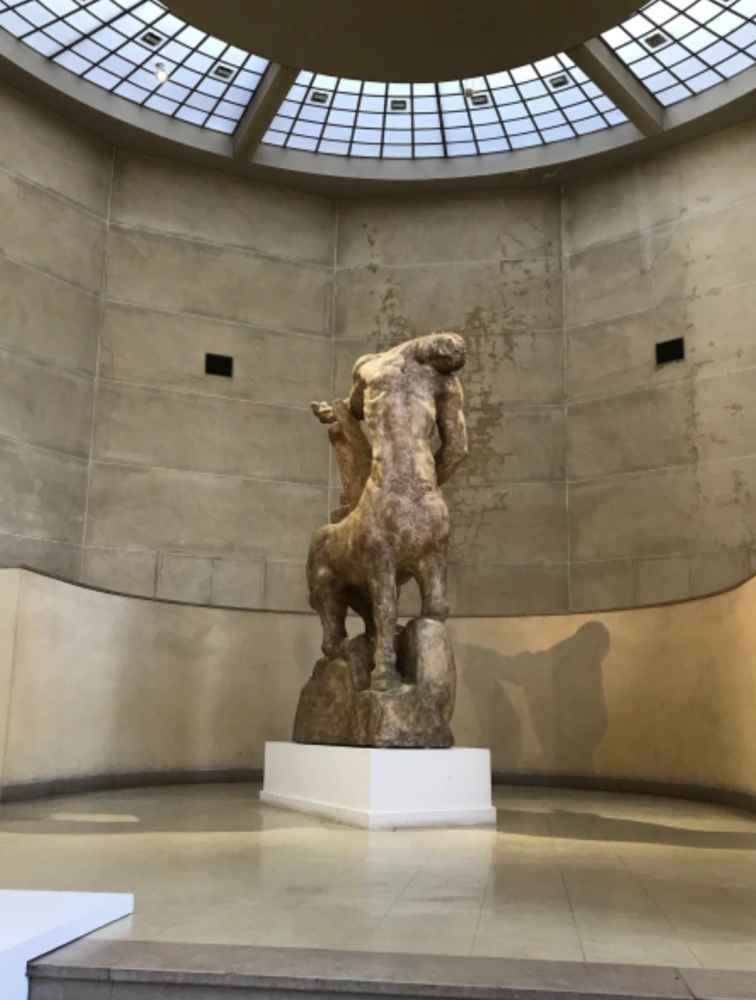
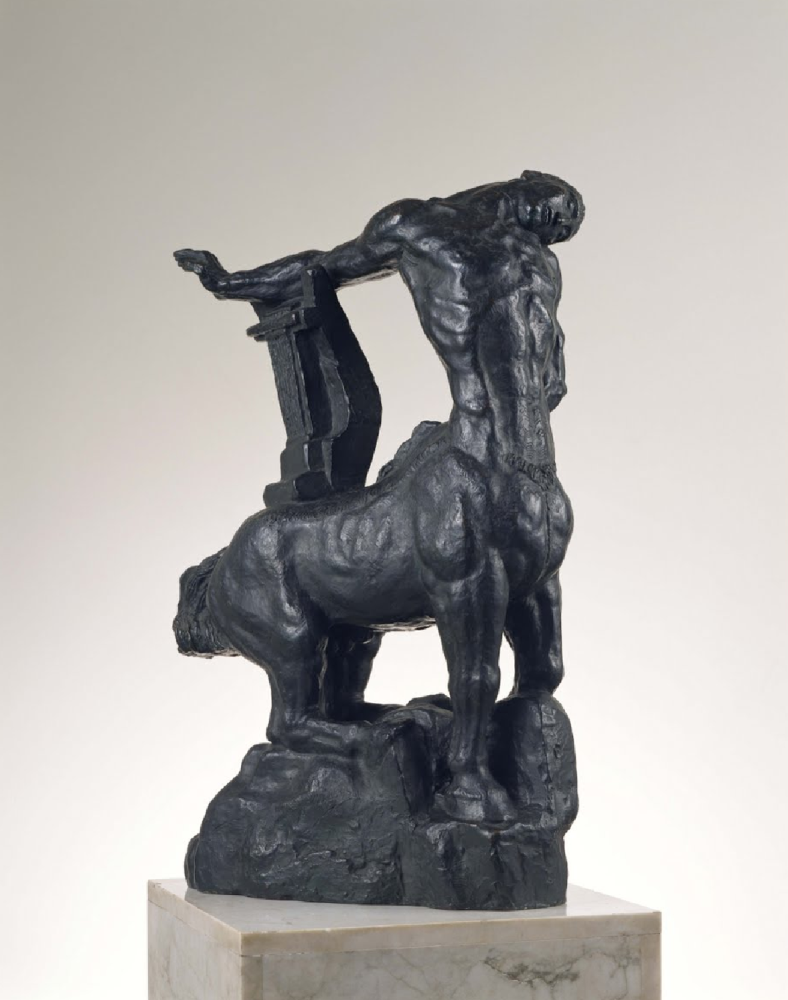
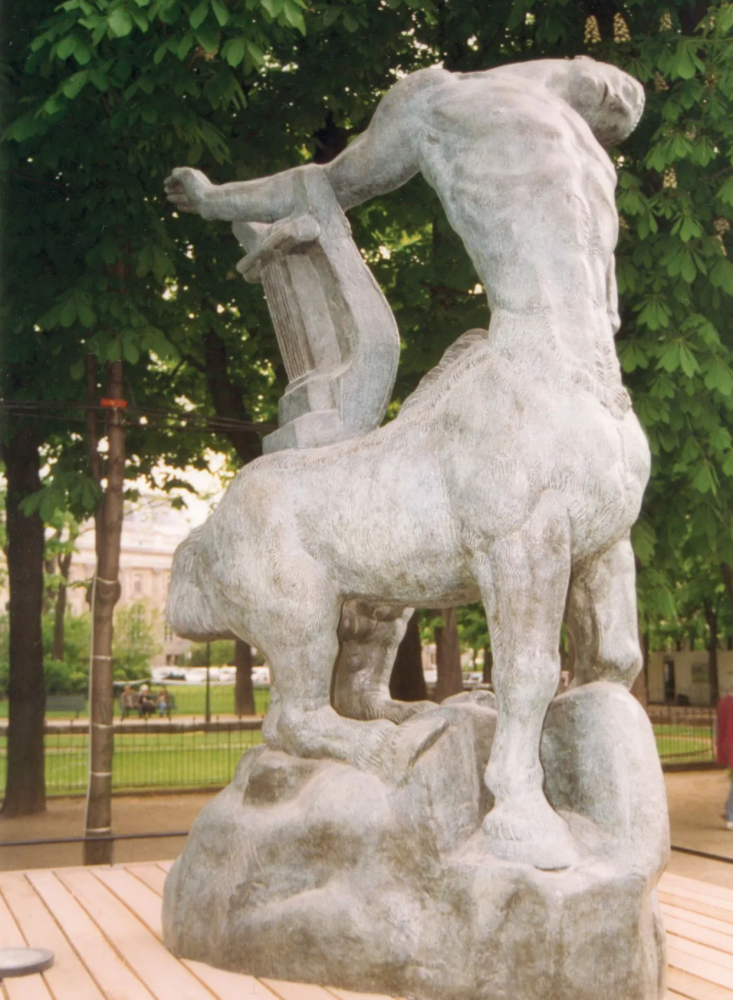

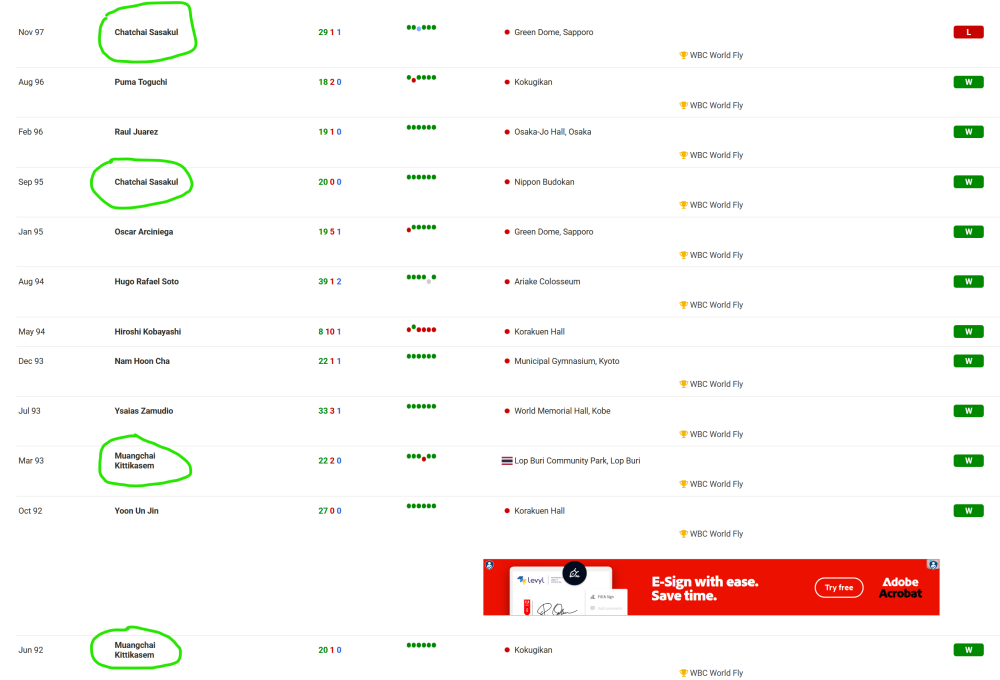
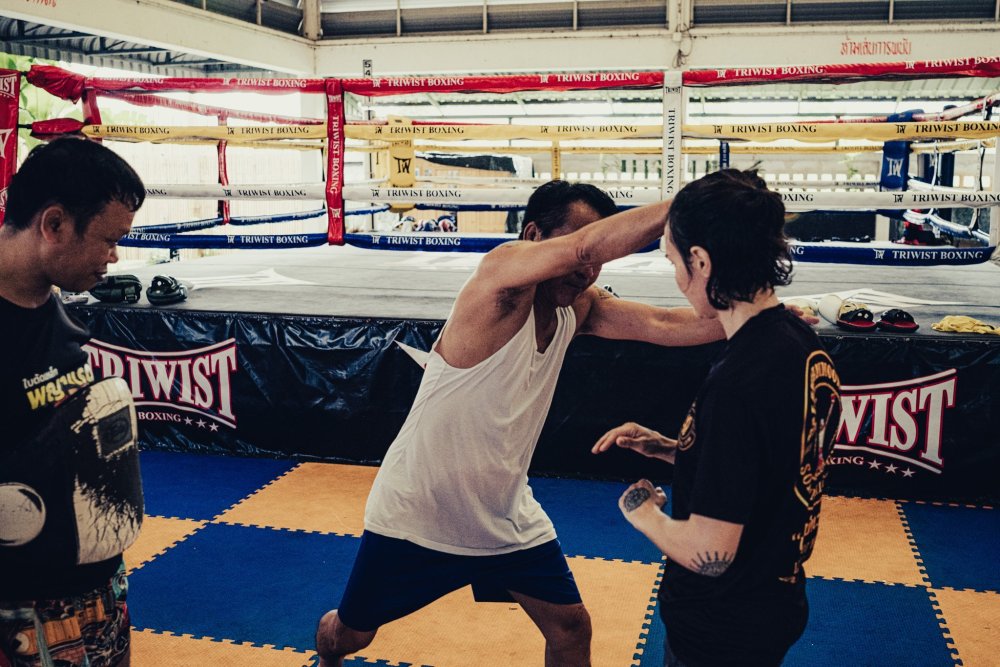
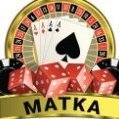

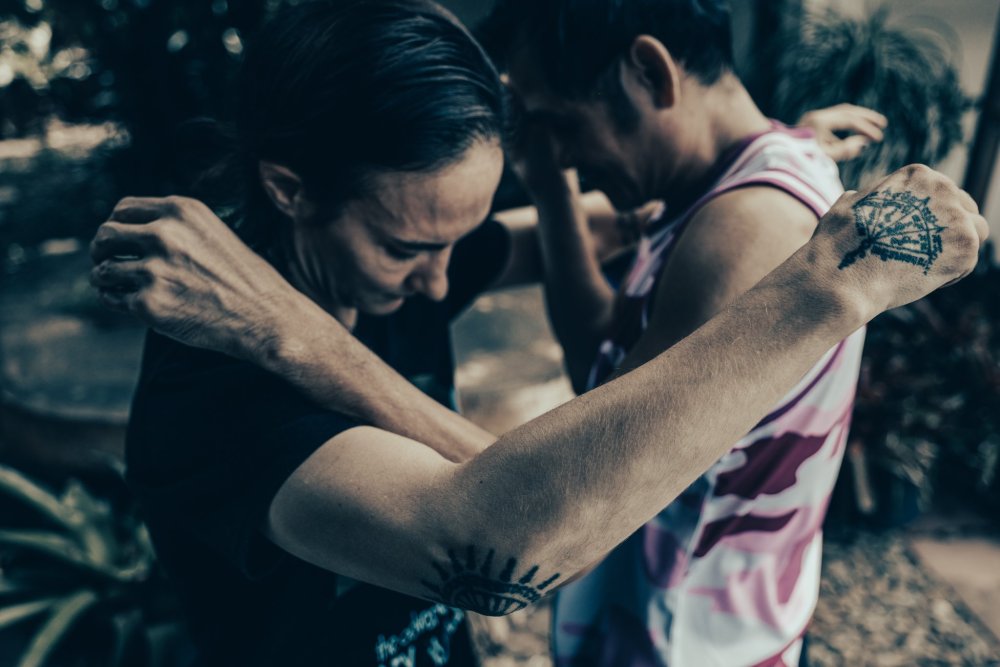
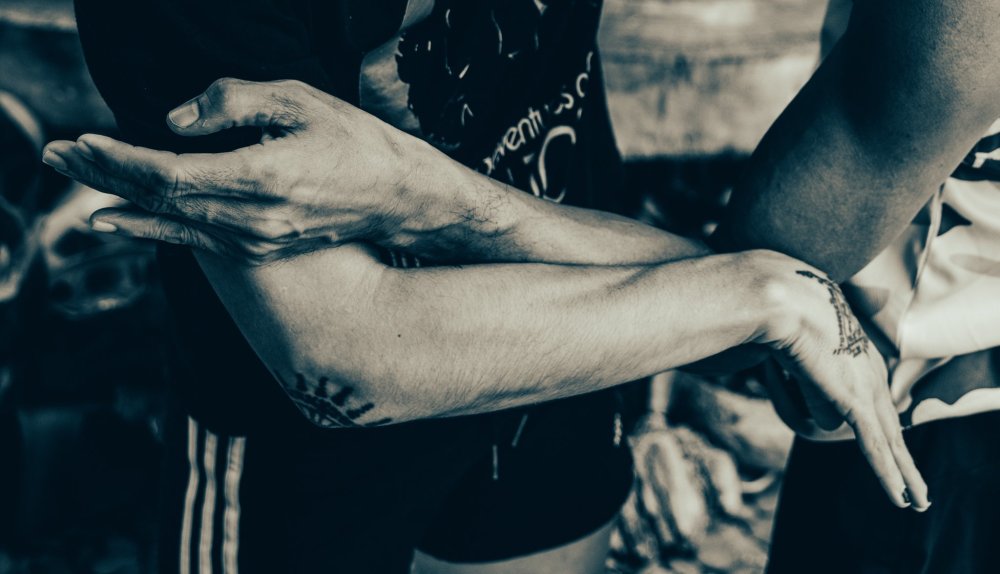
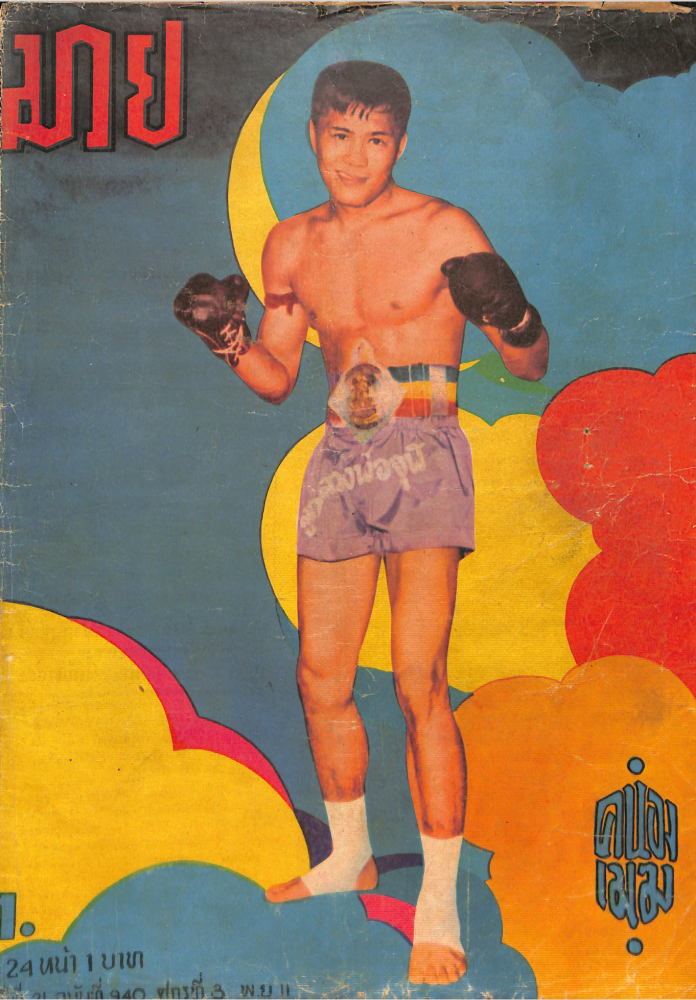
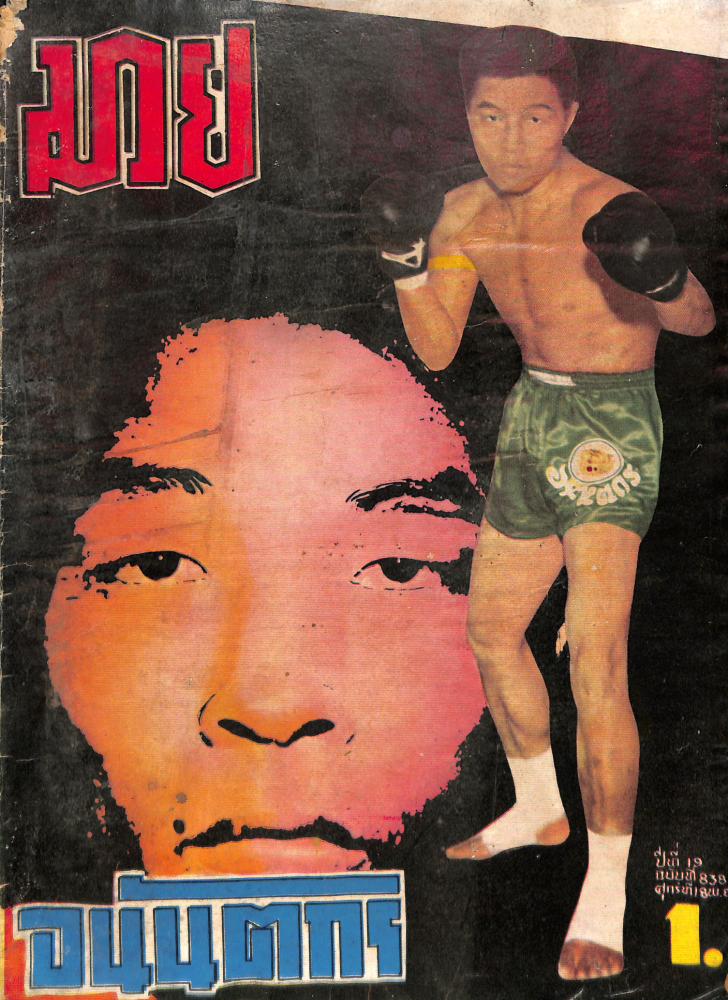
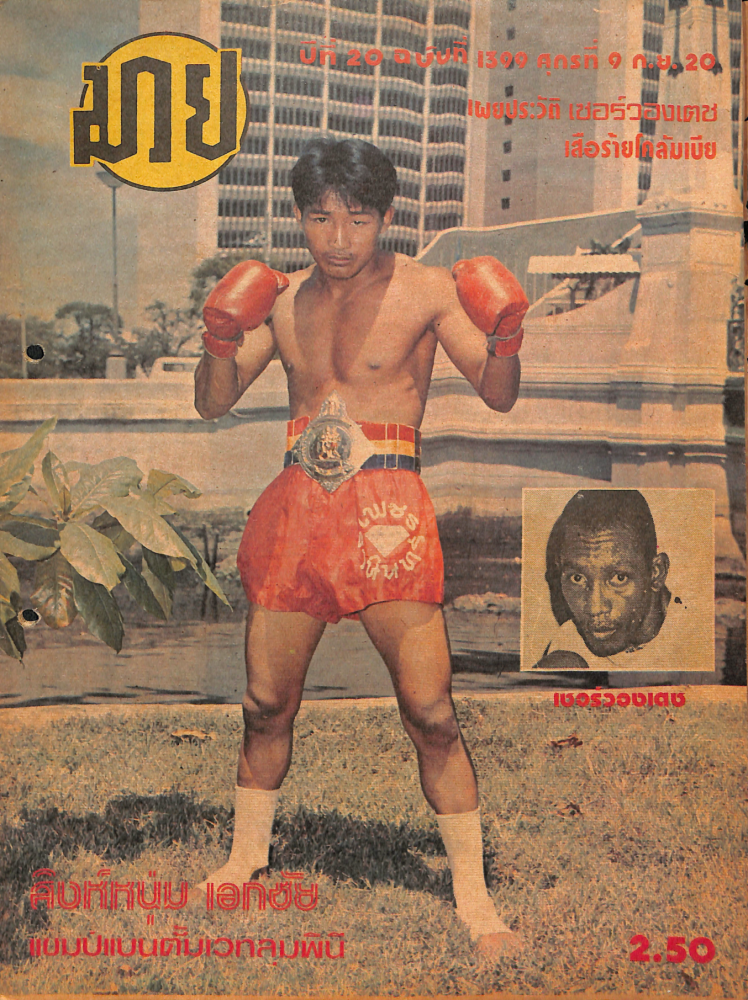
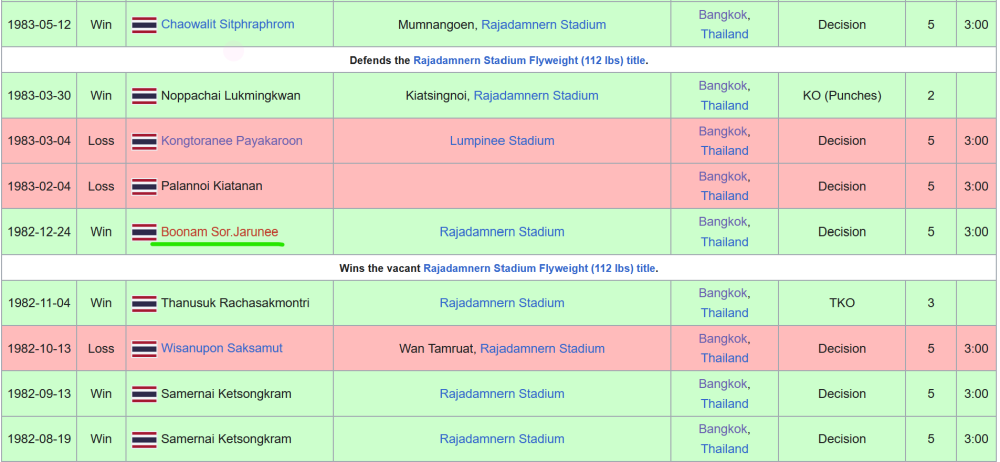
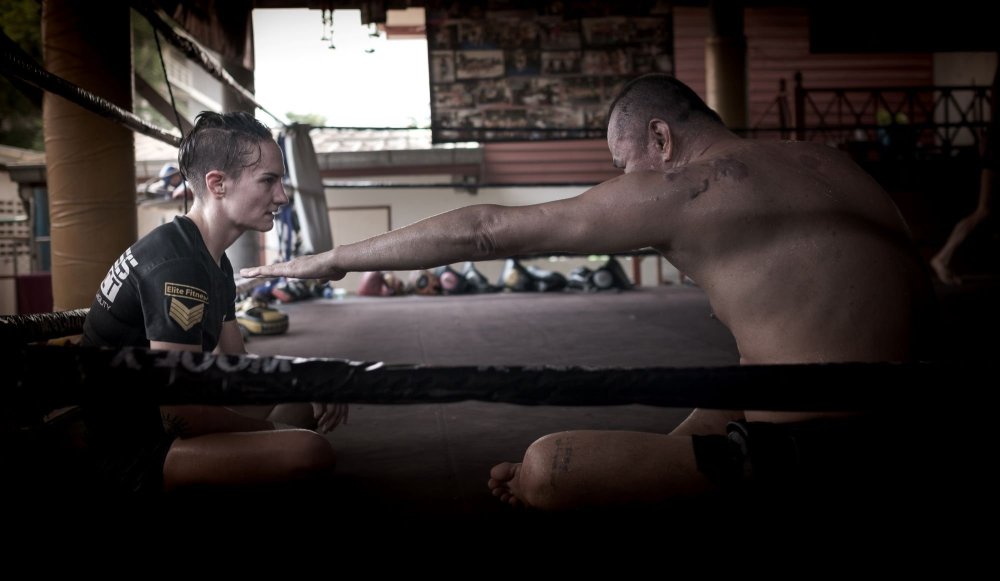
.thumb.jpg.a4c51d2fdfe94a529a911dbeec75c411.jpg)
.thumb.jpg.73ecaa510849d11bf4120944c8ad2465.jpg)